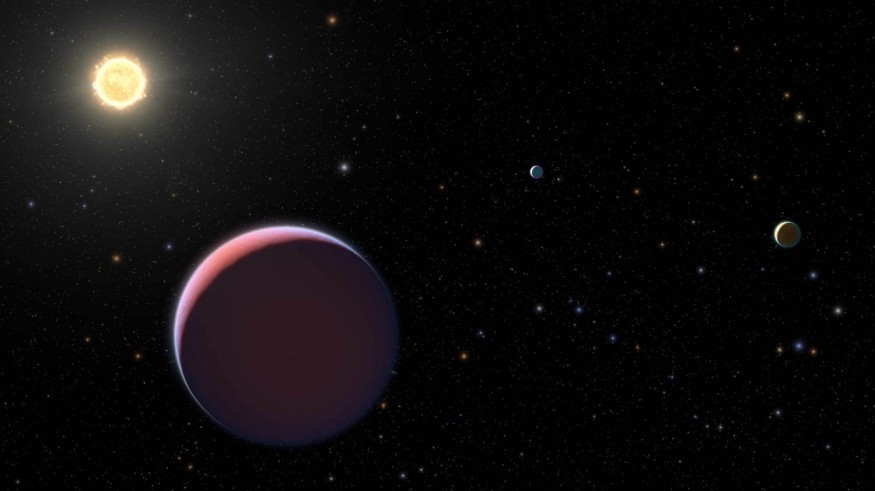
The National Aeronautics and Space Administration (NASA) rediscovered two young exoplanets that are as dense as cotton candy with the help of the Hubble Space Telescope. These new data provided the very first clues to the chemical composition of these two planets.
SUPER PUFFS
The two young super puffy exoplanets are located in the Kepler-51 system wherein three exoplanets are orbiting a Sun-like star. They were first discovered by the Hubble Space Telescope back in 2012 but it was only in 2014 when astronomers figured out that the planets have low density. Recently, astronomers from NASA refined the mass and size estimates of the two young super puffy exoplanets and it was confirmed that, indeed, they are as puffy as cotton candy.
Hydrogen and helium present in the atmosphere of these two young super puffy exoplanets are responsible for its appearance. Originally, the mass of these planets is not bigger than Earth, however, due to the bloated appearance of the hydrogen-helium-rich atmosphere, it looks as big as Jupiter.
Scientists are still in the dark on why their atmospheres expanded outwards and they are planning on doing an atmospheric investigation on the two super puffy exoplanets. The team employed the help of Hubble Space Telescope once again to search for chemical components -- specifically water -- from these exoplanets which they called Kepler-51 b and Kepler 51-d. Through the Hubble Space Telescope, the team observed the two super puffy exoplanets in hopes to see the infrared color of their sunsets after which they will deduce the amount of infrared light absorbed by the atmosphere. By using this methodology, astronomers are able to look for telltale signs of the planet's chemical composition.
However, to the astronomers' surprise, they did not find any chemical signatures from the two young super puffy exoplanets. They assumed it's because of the presence of clouds of particles in their atmosphere. In a press release issued by NASA, Jessica Libby-Roberts of the University of Colorado, Boulder said that what happened was very much unexpected. "We had planned on observing large water absorption features, but they just weren't there. We were clouded out!"
But clouds are made of water, right? Nope, not on these two young super puffy exoplanets. Astronomers assumed that the clouds on these exoplanets may be made up of salt crystals or photochemical hazes similar to those on Titan, Saturn's largest moon. Although they were not able to find what they were looking for, the clouds were able to give astronomers insight into how both Kepler - 51 b and Kepler - 51 d buff up compared to gaseous exoplanets.
The astronomers compared the flat spectra of these two young super puffy exoplanets to those of other planets and hypothesized that there must be low temperature within the planet and the colder it is, the cloudier it becomes. It is also possible that these exoplanets are not puffy at all and it is only that way because of the gravitational pull when they are orbiting around their star.
In the end, the astronomers conceded that what they are seeing -- the low density of the planets, mostly -- are mainly because of the planetary system's young age. The Kepler 51 is only 500 million years old, relatively younger compared to the 4.6 billion-year-old solar system. Astronomers also assumed that these planets were formed outside the snow line or the area where icy materials survive.
© 2025 ScienceTimes.com All rights reserved. Do not reproduce without permission. The window to the world of Science Times.










